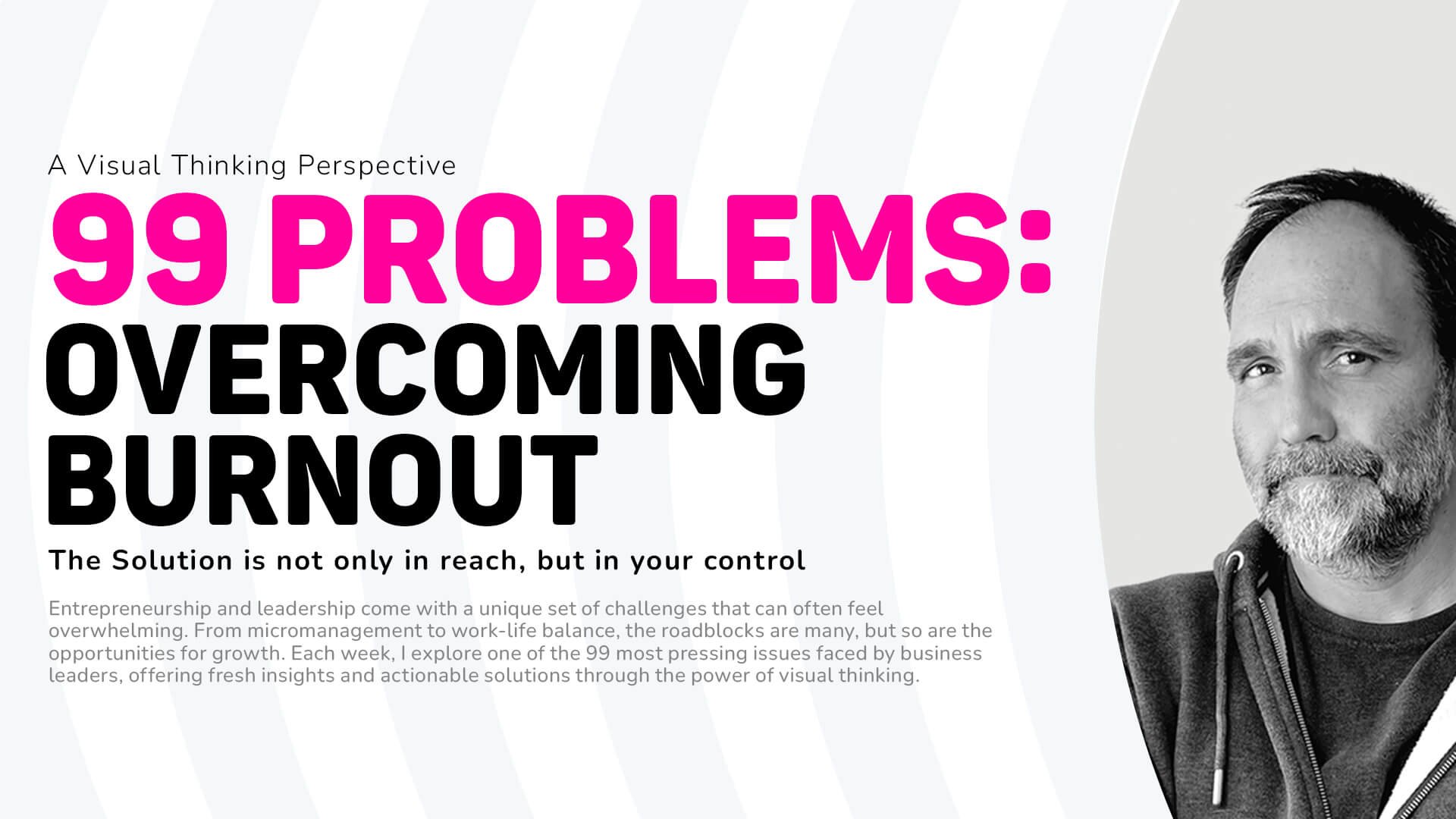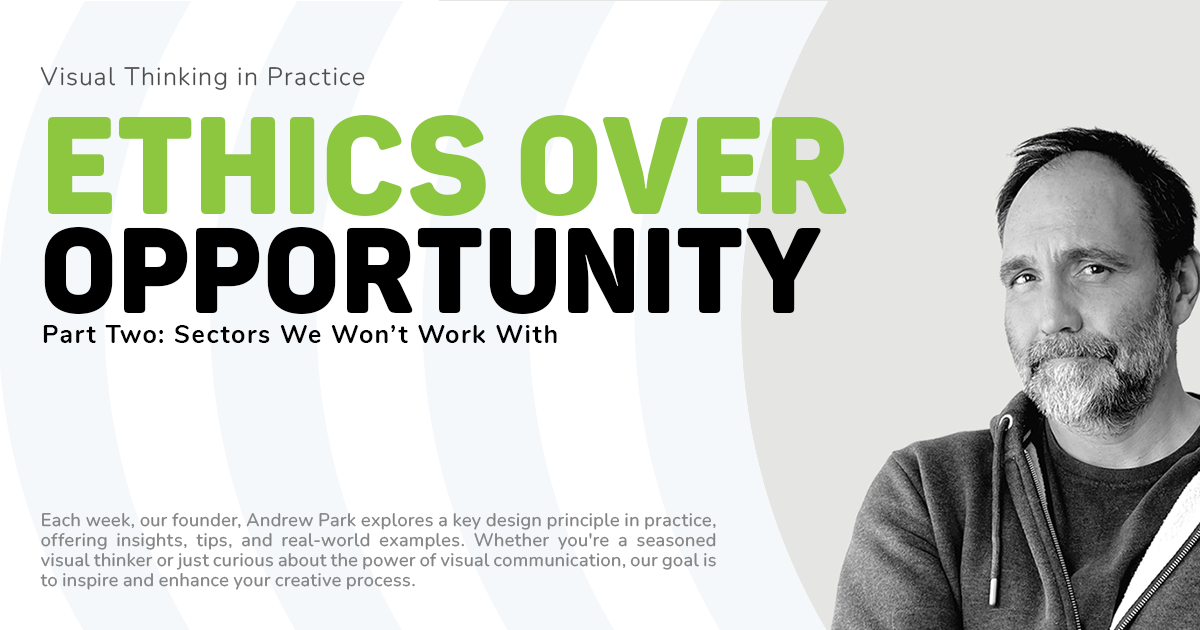
The root of team burnout often lies in how we communicate and tell our stories. Ignoring burnout doesn't just impact outcomes; it gradually wears down the very essence of team connection and effectiveness. But here's the encouraging part: there's a way forward that is both within reach and within our control.
Burnout thrives when information is unclear, or expectations are poorly communicated. I've learned that making complex ideas accessible, using visual storytelling, and ensuring clarity can prevent misunderstandings before they escalate, therefore making sure that burnout doesn’t get a foothold.
Every story should have a good IDEA built into it. The IDEA acronym is at the heart of my storytelling approach.
Inform
It's not about overwhelming people with information, but delivering it in a way that drives true understanding and engagement. So, remember don’t just dump information on people. Good communication starts with understanding how your audience will receive your message. It’s a bit like throwing a ball. Make sure you know that your audience is ready to catch what you throw at them.
Develop
Burnout thrives in environments where misinformation and unclear expectations reign. It's one thing to be aware of burnout, but I've found that what really matters is having the tools and skills to address it. Through creative visuals and stories, I’ve helped teams learn to communicate better and find new ways to work together. It’s about practical application—changing how we interact so that the workplace feels more supportive and connected.
Enable
Understanding the problem is the first step, but enabling real action is where change happens. By embracing actionable strategies, I've seen how teams can go from simply recognising burnout to actively fighting it, creating a more proactive, engaged environment. Guide people to make actionable choices.
Animate
Inspiring change goes beyond information—it's about connecting emotionally and bringing that information to life. I’ve found that when people feel understood and valued, they are more likely to stay committed. By fostering this emotional connection, we can transform burnout from a threat into a powerful opportunity for positive growth.
It’s not just about solving immediate issues; it’s about creating a culture where teams can thrive. Let’s take that first step toward a more engaged and resilient workplace, together.
In the modern workplace, where attention spans are short, and information overload is common, utilizing innovative internal communication strategies is crucial. This article explores creative internal comms ideas, focusing on the power of animated explainer videos and whiteboard animations.
Often the very first books we encounter are picture books, our first introduction to the power of rich visual language. While our books change, the power of this language doesn’t. We’ve reflected on visual language, from picture books to explainer videos and whiteboard animation.
Whether it's making complex ideas feel simple or dry subjects feel engaging, our mission is to democratise knowledge. For over twenty years, we’ve been making this mission a reality, working on whiteboard explainer videos for clients across sectors ranging from education and health to international law and energy.
The best bit of our job is working with clients who have big ideas and complex messages. We’re always ready to make a complicated message feel relatable and understandable or help a visionary get their message out to the masses.
As pioneers of whiteboard animation videos, we’re proud of its ability to make the complex simple and share information far and wide. We want to share its explainer and storytelling superpowers with as many people as possible, but to quote a modern-day classic, ‘with great power comes great responsibility.’ That sometimes means saying ‘no’.
In today’s digital era, explainer videos have become indispensable tools for businesses, educators, and creatives to convey complex ideas in a clear and engaging manner. These videos, whether animated or utilizing techniques like whiteboard animation, captivate audiences and simplify intricate concepts.
We see whiteboard animation as a way of democratising knowledge and sharing the ideas that help us all understand and build a better, fairer world. It is packed with educational and visual storytelling tools that allow us to connect with viewers as we make even the biggest ideas accessible and understandable.
What’s the biggest hype narrative you’ve fallen for recently? Drop it below—no judgment. We’ve all bought something at 11 pm thinking it was genius, only to regret it by morning. (Although the Velcro drain unblocker is the shit!)
The Parker Probe isn’t just a shiny example of what humans can achieve when they stop arguing on X for five minutes. It’s also a reminder that big problems—whether they’re cosmic or corporate—need both boldness and a plan.
When we strip away the layers of imposter syndrome, it often boils down to storytelling—about who we are, what we’ve done, and where we’re headed. The narratives we tell ourselves shape our reality, and reframing those stories can unlock a healthier sense of self-worth.
Facebook and Instagram are going “back to their roots” of free expression. Because, clearly, what the internet desperately needed in 2025 was more rucks.
Watching The Traitors is like observing a high-stakes version of a spider weaving its web. Every accusation, every alliance, every teary-eyed confession pulls on the delicate threads of trust until the whole thing collapses in a heap of suspicion.
Ah, New Year’s resolutions. The annual tradition where we collectively trick ourselves into believing we’re only one heroic declaration away from becoming flawless human beings. This year, this will be the year we shed those bad habits like a moulting snake. Right? Wrong!
If you could pin down the essence of truth, could you draw it? That’s the question that lingered in my mind after speaking with Dan Ariely for my RSA Animate documentary—a project allowing me to reconnect with some of the most compelling thinkers of our time.
I have written a lot about failure. It’s something of a fascination for me. I am in a constantly evolving process with failure. When does failure become a success? Are there any true failures or is it just an endless process?
If you’ve spent any time in creative circles, you’ll know that while education has the potential to transform, we’ve been wielding this so-called "weapon" like a blunt instrument for far too long.
No matter where we find ourselves on the spectrum of human experience, creativity can play a vital role in survival, healing, and hope.
AI could revolutionise the NHS by taking on administrative tasks, giving doctors more time to spend with their patients. However, while this sounds like a dream solution, it comes with challenges. With great power comes great potential for, let’s face it, accidental chaos.
So, here’s the reflective takeaway: in a world of endless scrolling and relentless sameness, being bold is essential, but it’s only the first step. Jaguar has smashed the glass case, but now they need to decide what to do with the diamond.
Let’s face it, presenting isn’t just about showing up with slides and stats. It’s a performance. A dance. A chance to make ideas leap off the screen and stick. But how do you know if you’re nailing it? That’s where the Presentation Pulse Check comes in.
The familiar feels safe, even when it’s clearly sinking. Here’s the harsh truth: in a world that moves as fast as a TikTok trend, being slow to adapt is a recipe for stagnation.
Over-complication isn’t just tedious—it’s the nemesis of efficiency. Enter the KISS principle: “Keep It Simple, Stupid.”
Here’s the thing about getting comfortable – it’s the silent killer of real growth, and I am not talking about bottom-line growth – I’m talking about the type of growth that is far more valuable.
Ah, the Inverted Pyramid—It sounds like a tragic prog rock album you might find at a car boot sale, but it’s a concept that’s as intriguing as it is practical.
Sometimes it’s bloody tempting to focus on fighting today’s fires while forgetting the bigger picture, isn’t it?
Affordance is how something shows you what it can do, like a door handle that makes you want to pull the door open or a button that looks like it should be pressed.
Have you ever been in a meeting where you could just feel your team's energy slipping away? Sometimes meetings drag on, and fresh ideas are as rare as a decent cup of tea, well, in the whole of America!
This peculiar proportion, approximately 1.618, has been lurking in the shadows of human creativity for millennia, like a mathematical James Bond, seducing architects, artists, and designers with its promise of perfection.
Have you ever been in a meeting where you could just feel your team's energy slipping away? Sometimes meetings drag on, and fresh ideas are as rare as a decent cup of tea, well, in the whole of America!






























Explainer videos and engaging whiteboard animations, have emerged as powerful tools to convey complex messages with simplicity and creativity. Here, we explore nine innovative ways to integrate explainer animations into your marketing strategy, enhancing your brand's visibility, engagement, and conversion rates.